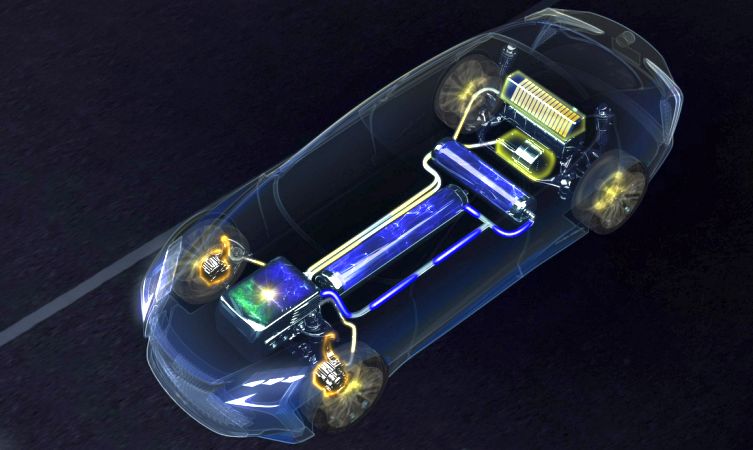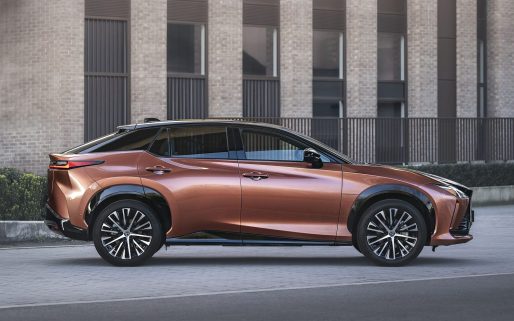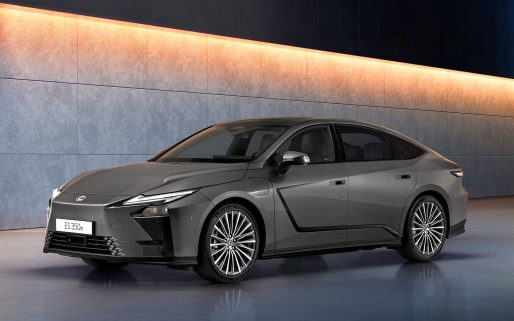When Lexus unveiled the LF-FC at the Tokyo Auto Show in 2015, fans got a sneak peek into the future. So in this post we take a look at what a fuel cell is and why we use them.
The “FC” in the model’s name stands for fuel cell, which references the car’s drive system. Fuel cell vehicles are commonly referred to as FCVs (Fuel Cell Vehicles) or FCEVs (Fuel Cell Electric Vehicles).
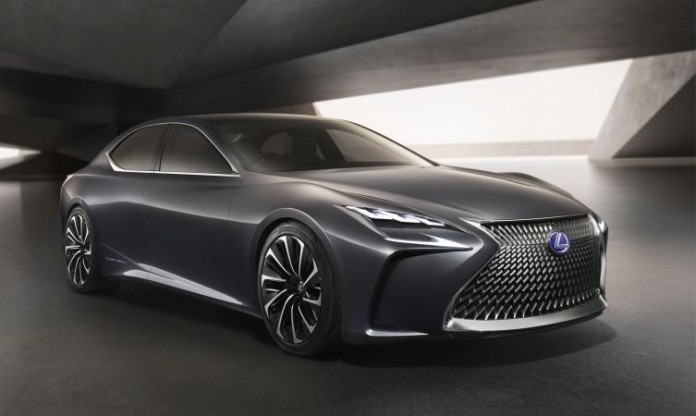
An FCV runs on hydrogen, rather than petrol or diesel. It runs on a motor powered by electricity, which generated by a chemical reaction between hydrogen and oxygen in a fuel cell. The only by-product when an FCV is driven is water vapour, so it does not emit any harmful substances. As well as producing zero emissions when driven, FCVs are also highly practical. They have an ample cruising range and can be refuelled very quickly.
Fuel cells mix two elements that are abundant in nature – hydrogen and oxygen – to generate electricity that is used to run the motor and produce driving power for the vehicle. The LF-FC contains a stack of fuel cells to collectively act as a small, compact battery, removing the need for a conventional combustion engine and the necessity for heavier batteries.
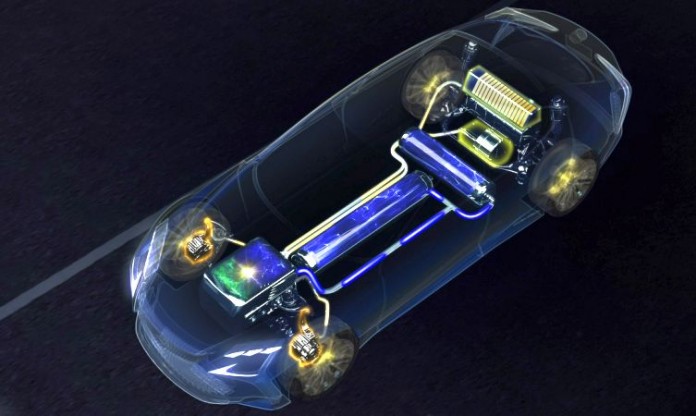
The benefits add up. Unlike many electric vehicle designs, refuelling a fuel-cell-powered unit takes only a few minutes. It’s also amazingly clean – water vapor is the only emission. There are in-wheel motors driving each front wheel so along with a rear-wheel drivetrain this makes the model an all-wheel-drive vehicle.
A high-output fuel cell power system is at the heart of the LF-FC, which drives the rear wheels and also sends power to two in-wheel motors at the front, giving the car all-wheel drive. This innovative drive system allows precise torque distribution control between the front and wheels, giving the vehicle exceptional handling and stability.
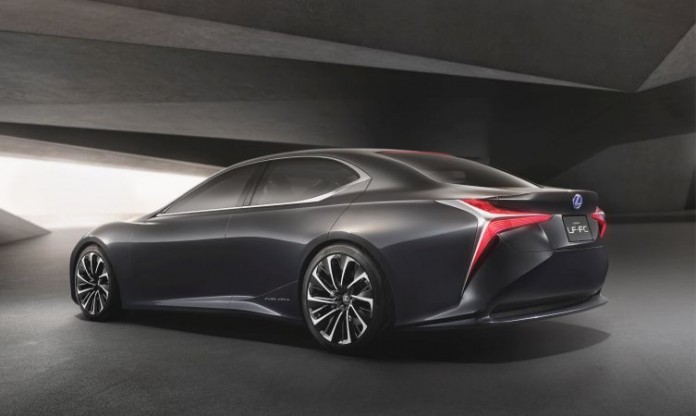
The strategic location of the fuel cell stack at the rear and the power control unit at the front and the arrangement of the hydrogen fuel tanks in a T-formation result in optimum front-rear weight distribution for a sporty saloon.
Read more: What does the world think of the Lexus LF-FC concept?
Read more: Lexus LF-FC flagship concept revealed at the Tokyo motor show
